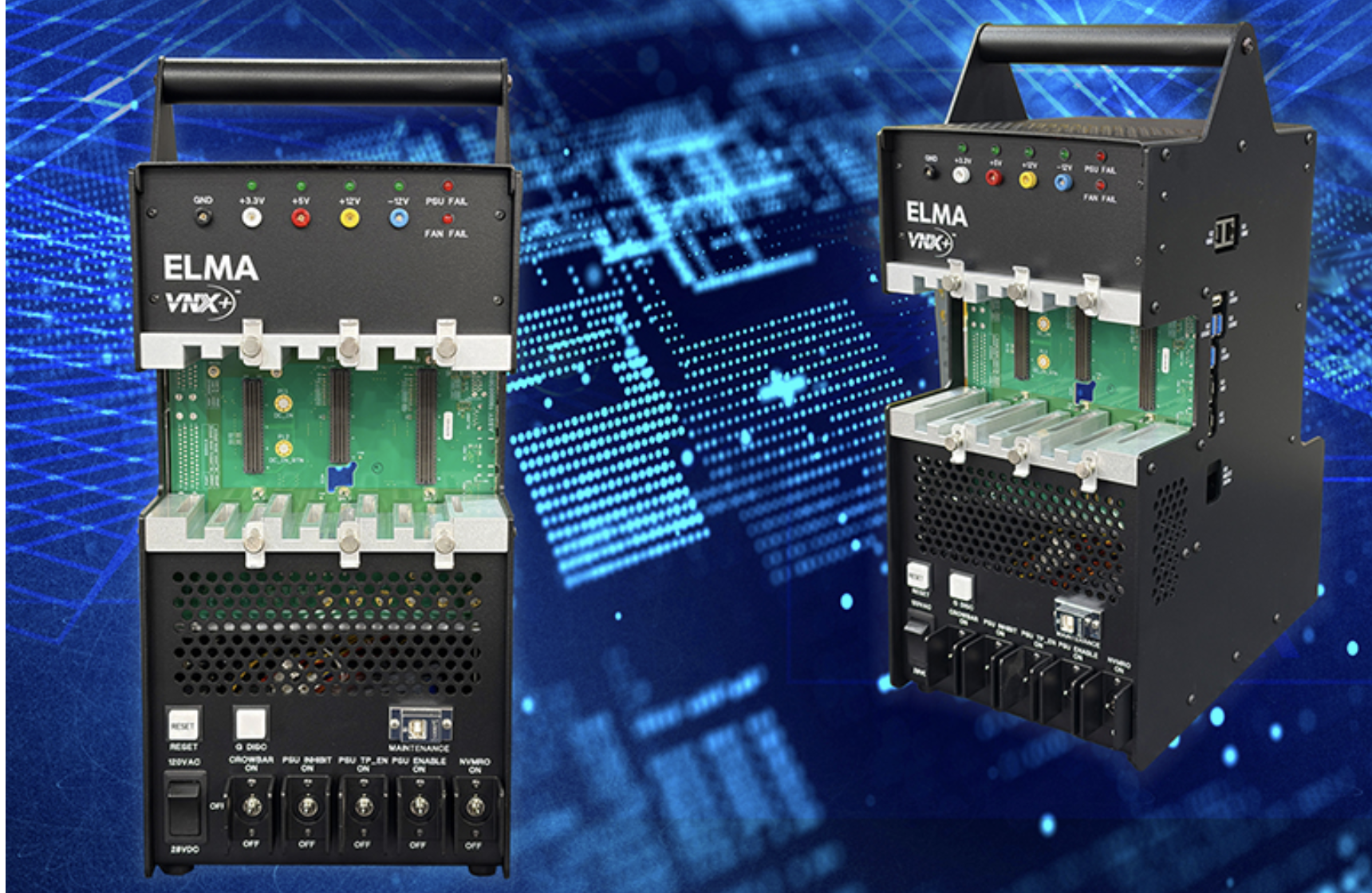CARY, North Carolina – September 8, 2014 – Coventor®, Inc., the leading supplier of design automation software for micro-electromechanical systems (MEMS), today announced immediate availability of the latest version of its MEMS+® design solution for accelerating development of advanced MEMS devices and systems. MEMS+ 5.0 features an expanded modeling library to enable simulation of a greater variety of devices, with a particular focus on the unique challenges of micro-mirrors and piezo-electric devices. It also adds a new capability to create and export reduced-order models (ROMs) to the MATLAB® Simulink® environment from The MathWorks, Inc. to enable extremely fast and accurate non-linear simulations of MEMS-based systems. This supplements the existing capability to export ROMs in Verilog-A format for simulations of MEMS with electronics in widely used EDA simulators such as the Cadence® Spectre® circuit simulator.
The MEMS+ suite enables MEMS and IC designers to rapidly explore and optimize designs in parallel in the MathWorks MATLAB/Simulink and Cadence Virtuoso® environments. It is a key part of Coventor’s platform, which also includes the CoventorWare® and SEMulator3D® suites. The platform provides a complete solution for designing and verifying state-of-the-art accelerometers, gyroscopes, microphones, microprojectors and many other types of MEMS sensors and actuators.
“MEMS EDA tools from Coventor provide valuable insight in new MEMS processes and designs,” said Dr. Ibrahim (Abe) M. Elfadel, Professor of Microsystems Engineering at Masdar Institute of Science and Technology. “The unique MEMS+ modeling approach makes it possible, for the first time, to perform fully coupled simulations that include many of the multi-physics effects (e.g., electrical, mechanical, thermal, fluidics, etc.) inherent in our innovative MEMS designs.”
New in MEMS+ 5.0
This latest release of the MEMS+ suite features an improved model library for accurately simulating an even wider range of device types and structures, including:
- New electrostatic comb drive models between movable and flexible structures
- Improved side electrode and side contact models
- Squeezed-film damping models for side electrodes
- Support for modeling out-of-plane flexible structures such as corrugations
- Enhanced support for modeling piezo-electric sensors and actuators
- Generic spring and damper models
The new library models were developed in response to customer requests and particularly support engineers tasked with creating new micro-projectors for smartphones or gyros and energy harvesters for automotive and industrial applications.
A major highlight of MEMS+ 5.0 are the new capabilities to create and export non-linear ROMs. A new ROM generation interface gives users additional control over the mechanical and electrical nonlinearities to be included in the ROM. The new features allow users to trade off accuracy for simulation speed based on the type of simulation they want to run. MEMS designers can now automatically generate and export ROMs in a format called MROM, which is compatible with the Simulink simulator. This new capability extends the range of simulation options to include MATLAB Simulink in addition to Verilog-A compatible simulators such as Cadence Spectre supported by the previous release of the MEMS+ suite. Exported ROMs simulate 100X faster than fully non-linear MEMS+ models, which have been valuable to MEMS designers but too slow for ASIC designers. During model generation, designers can select one or more non-linear input variables; all other input variables are linearized about selected non-linear operating points.
The new reduced order modeling and simulation capabilities are particularly suited for large scaled multi-mass gyros with hundreds of comb fingers or resonators made of many flexible elements. In general, reduced order modeling applies to:
- Accelerometers
- Gyros
- Microphones
- Pressure sensors
- Resonators
- Energy harvesters
- Scanning mirrors
The simulation results from the new MROMs can be viewed in the MEMS+ result visualizer Scene3D tool. By turning MROM or any other simulation data into 3D animations, Scene3D gives the MEMS designer detailed understanding of the MEMS behavior and forms an important bridge in the communication between the ASIC and MEMS designer.
The MEMS+ Matlab scripting interface has also evolved. A new MATLAB scripting syntax gives the user many new features and is expected to drastically lower the learning curve for new and part time users. MEMS+ MATLAB scripts from previous versions will be updated automatically.
“MEMS design requirements continue to expand and designers are looking for more comprehensive modeling support and greater efficiencies. MEMS+ 5.0 addresses some of the most demanding challenges our customers are facing, particularly as they look to opportunities in areas like mobile devices, the Internet of Things and embedded control systems,” said Coventor’s Director of System Level Simulation Gunar Lorenz. “The enhancements made in this latest release will greatly improve designer productivity and help further grow the overall market for MEMS.”
Availability
The MEMS+ 5.0 software is shipping now. For more detailed product information and to download the new software release, users can visit: http://www.coventor.com/support/software-downloads/.
About Coventor
Coventor, Inc. is the market leader in automated design solutions for micro-electromechanical systems (MEMS) and virtual fabrication of MEMS and semiconductor devices. Coventor serves a worldwide customer base of integrated device manufacturers, fabless design houses, independent foundries, and R&D organizations that develop MEMS-based products for automotive, aerospace, industrial, defense, and consumer electronics applications, including smart phones, tablets, and gaming systems. Coventor’s software tools and expertise enable its customers to simulate and optimize MEMS device designs and fabrication processes before committing to time-consuming and costly silicon learning cycles. The company is headquartered in Cary, North Carolina and has offices in California’s Silicon Valley, Waltham, Massachusetts, and Paris, France. More information is available at http://www.coventor.com




